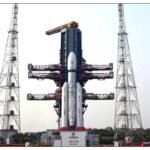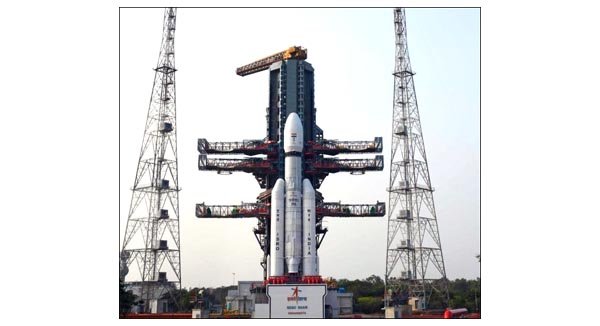New Delhi, Sept 20 (UNI) India has secured exclusive rights to explore polymetallic sulphides (PMS) in the Indian Ocean’s Carlsberg Ridge region, under a newly signed 15-year pact with the International Seabed Authority (ISA), Minister for Earth Sciences, Dr. Jitendra Singh said today.
With this development, India has become the first country to hold two active contracts with the ISA for PMS exploration, one in the Central Indian Ridge and Southwest Indian Ridge, and now a second in the Carlsberg Ridge, he added.
The agreement, inked between the Ministry of Earth Sciences (MoES) and ISA, grants India rights over an exploration area of 10,000 sq. km in the Carlsberg Ridge. The site contains hydrothermal mineral deposits rich in valuable metals such as copper, zinc, iron, silver, gold, and platinum.
Dr. Singh termed the development a significant milestone under the Deep Ocean Mission, launched by Prime Minister Narendra Modi, which aims to strengthen India’s presence in seabed mineral exploration, develop mining technologies, and bolster the country’s Blue Economy.
“By formalising our rights in the Carlsberg Ridge, India has consolidated its strategic and scientific leadership in the Indian Ocean. This will build national capacity for future resource utilisation and enhance maritime capabilities,” the Minister said.
He also highlighted India’s three-decade-long engagement with the ISA, noting that India was the first country to be accorded the status of Pioneer Investor for polymetallic nodule exploration in international waters.
Speaking on the occasion, MoES Secretary, Dr. M Ravichandran, noted that India now holds the largest exploration area allocated for PMS in the international seabed. “This dual-contract achievement places India at the forefront of seabed mineral exploration. We remain committed to scientific advancement, environmental stewardship, and equitable use of marine resources,” he said.
The exploration of polymetallic sulphides is considered crucial due to their increasing demand in clean energy technologies, electronics, and strategic industries. The minerals are typically found in areas where tectonic activity leads to the discharge of hydrothermal fluids, forming high-grade mineral deposits, said a government scientist.











